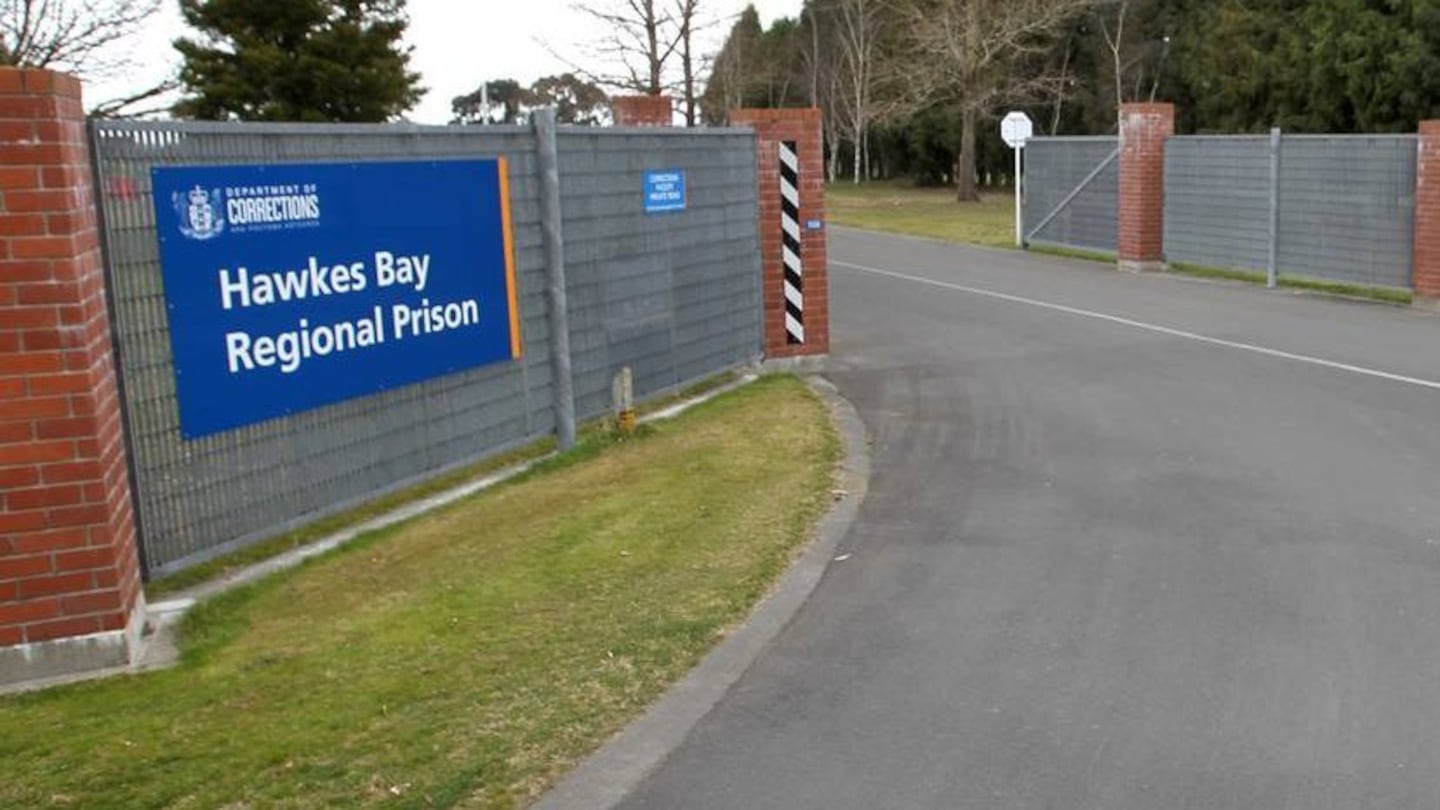Photo/ NZME
By Ric Stevens, Open Justice multimedia journalist, Te Matau a Māui
The stresses of being restrained triggered an abnormal heart rhythm that caused a prison inmate's death, a coroner has found.
Coroner Peter Ryan said that Kolby Heta would not have died had he been left in his cell to calm down after becoming agitated and violent, instead of being restrained and force-marched towards the prison's at-risk unit.
Heta, 33, died at Hawke's Bay Regional Prison on March 17, 2017.
The coroner's inquest findings, released on Monday, said that the cause of Heta's death was "sudden cardiac death in the setting of restraint".
Heta's inquest, conducted in Hastings in January, was told that Heta collapsed and died after being handcuffed, placed in a spit hood, and marched with his hands behind his back for about 25 minutes along prison corridors, resisting strongly all the way.
He was being taken to the at-risk unit about 200 metres away after lunging out of his cell to punch a staff member in the head because he had been given sausages instead of fish for dinner.
"I am satisfied from the evidence before me that the fatal cardiac arrhythmia that Mr Heta suffered was triggered by the emotional and physiological stress induced by the control and restraint procedure that he was subjected to," Coroner Ryan said.
However, he said it was reasonable for prison staff to restrain Heta given the "agitated and assaultive state" that he was in at the time.
Ryan said that approved control and restraint techniques were being used before Heta collapsed.
An autopsy showed levels of the anti-psychotic medication olanzapine, used to treat schizophrenia and bipolar disorder, that were consistent with normal use. No other drugs were detected.
The post-mortem also showed no injuries to or structural abnormalities of the heart.
During the march along the corridors, the strongly resisting Heta was bent forward with his arms handcuffed behind his back.
He was taken to the ground six or seven times by prison officers trying to control him.
He was placed in a spit hood – a mesh bag that covers the head – after he began spiting on the ground.
It was noted the spit contained blood.

Coroner Peter Ryan conducted the inquest into Kolby Heta's death. Photo / NZME
Heta was checked by a nurse three times during the walk but after around 25 minutes, he collapsed.
Corrections officers and nurses began CPR and called an ambulance but Heta could not be revived.
Forensic pathologist Katherine White told the inquest that the understanding of deaths "in a setting of restraint" was still evolving.
Ryan said this meant it was difficult to identify what could have been done differently to prevent Heta's death, apart from the obvious option of not restraining him and relocating him.
"If the decision had been made to leave him in his cell to calm down, then it is reasonable to assume that Mr Heta would not have died that day, as he would not have been subject to the stress of the prolonged control and restraint while being relocated," Ryan said.
The coroner said it was "reasonable" to move Heta.
But he said "perhaps greater consideration should be given to the general welfare of the prisoner before the decision is made to relocate an agitated prisoner a significant distance under a control and restraint process".
Ryan said that the Department of Corrections had told him that this "learning outcome" had been incorporated into its policies.
Heta's family expressed concern about bruising on his face found after he died.
The coroner said the bruising was consistent with "the properly applied control and restraint procedure" and did not contribute to his death.
Heta, had served previous jail sentences over the past 14 years; he was in prison on remand charged with assaulting a female.



